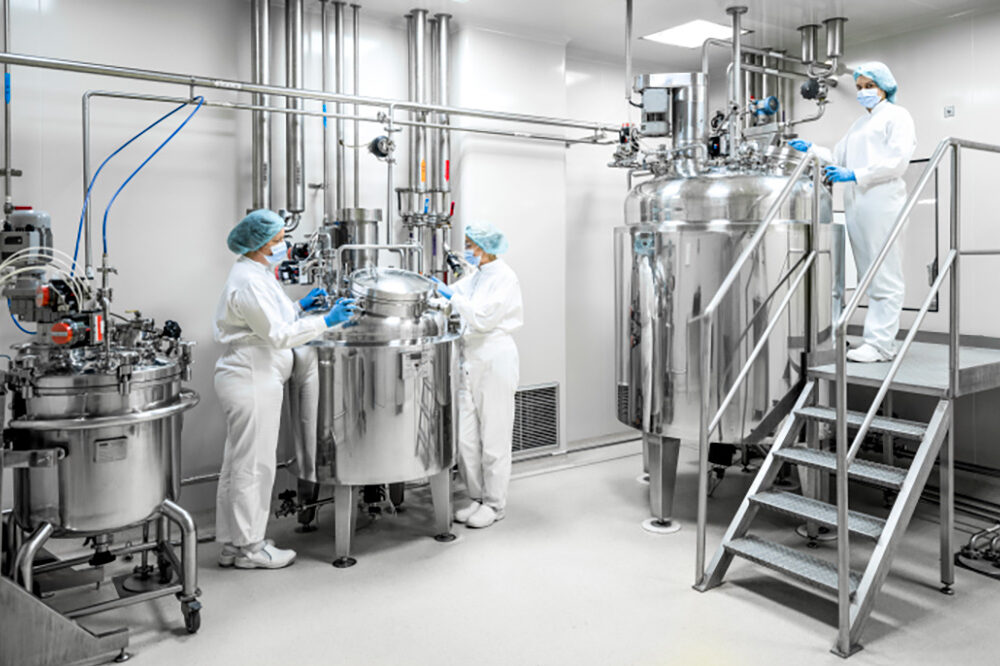The new European Life Science Strategy has been launched

Earlier this summer, the European Commission launched a new strategy to make Europe the most attractive place in the world for life sciences by 2030.
Backed by more than EUR 10 billion annually from the current EU budget, the strategy aims to accelerate innovation, facilitate market access, and build public trust in new technologies, ensuring they benefit the people and the planet, the Commission states.

The European life science industry: The time to step up is now
Europe ranks highly when it comes to life science know-how and knowledge, but the region is falling behind when it comes to R&D and turning science into real-world solutions. Complex regulations, a fragmented market, scattered funding, and the potential US market tariffs are just some of the challenges ahead.
Europe is losing ground to other global players in turning research into real-world solutions and as NLS has reported, challenges include fragmented innovation ecosystems, complex regulations, scattered funding, and the potential US market tariffs.
This will not only improve the lives of our citizens but also make Europe a more attractive and competitive place for life sciences companies to invest, innovate and grow.
“Science changes lives, but only if we back the people behind it. With this strategy, Europe is doing just that – funding life sciences from lab to market, supporting startups, accelerating market access, and building trust. We’re making sure bold ideas do not stay in the lab, they improve lives, right here in Europe. This will not only improve the lives of our citizens but also make Europe a more attractive and competitive place for life sciences companies to invest, innovate and grow,” states Ekaterina Zaharieva, Commissioner for Startups, Research and Innovation.
The Strategy proposes the following actions:
- Optimising the research and innovation ecosystem
The Commission will develop an EU investment plan to facilitate funding for multi-country clinical trials and strengthen European clinical research infrastructures. This Strategy will also promote a One Health approach to research and innovation and mobilize up to EUR 100 million under the Horizon Europe work programmes 2026-27 to develop and deploy microbiome-based solutions. Furthermore, EUR 250 million will be mobilized for cross-sectoral life sciences technologies, supporting the development of new products that drive industrial innovation and sustainability, including new approach methodologies, novel molecules, advanced materials and more efficient biomanufacturing.
- Enabling rapid market access for life science innovations
To speed up market access for life science innovations, the Commission will propose an EU Biotech Act that will create a more innovation-friendly framework across biotech sectors. The Commission will also launch a matchmaking interface to connect startups, industry and investors, leveraging the European Innovation Council portfolio, and its Trusted Investors Network.
- Boosting trust, uptake and use of innovation
The Commission will mobilise EUR 300 million to stimulate the procurement of life science innovation in areas such as climate change adaptation, next-generation vaccines and affordable cancer solutions. The Commission will also set up a Life Science Coordination Group to align policies and funding across sectors, and support engagement with key stakeholders, including industry and citizens.
Updated: August 26, 2025, 11:25 am
Published: July 30, 2025











